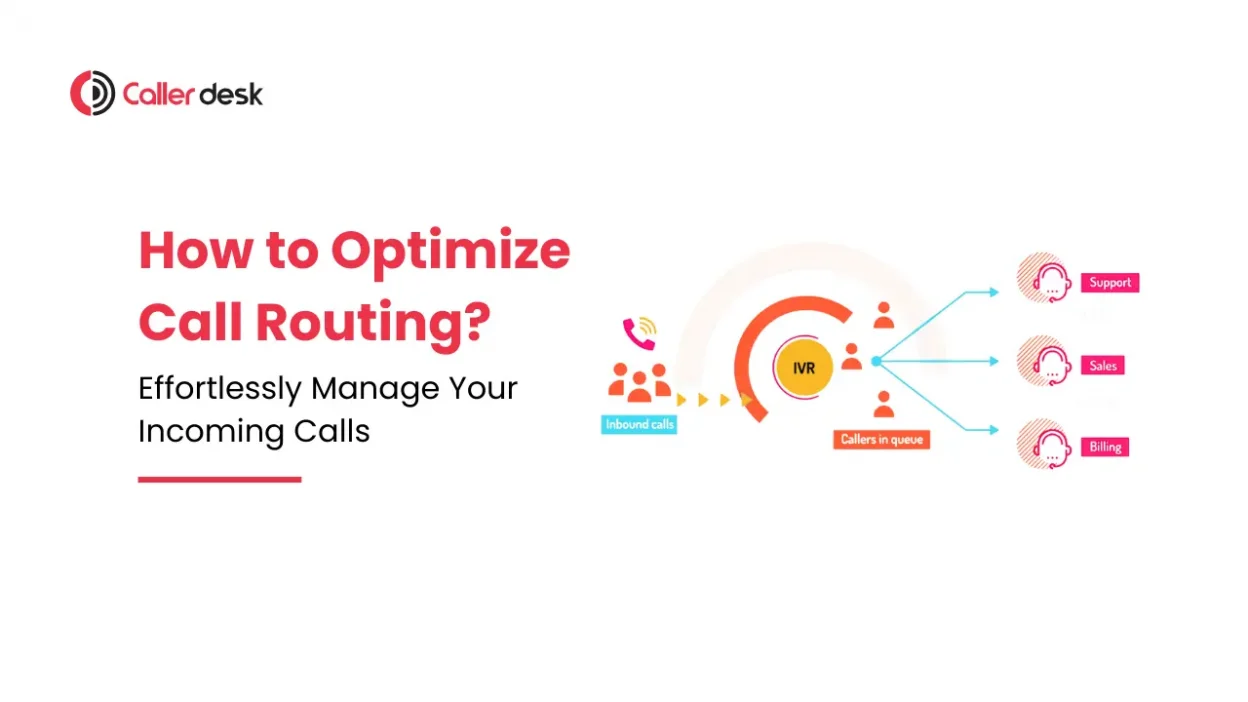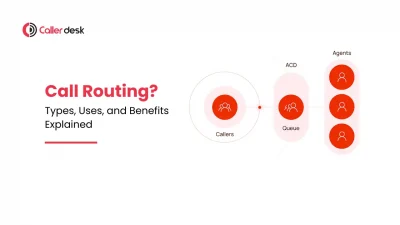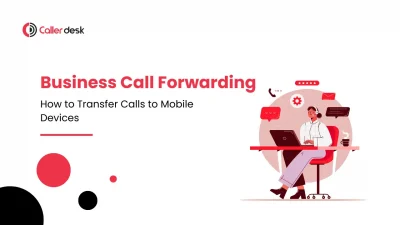Are you tired of frustrated customers and inefficient call handling? Imagine if every incoming call in your business could be directed to the right person every time. Optimizing call routing isn’t just a technical upgrade; it’s a game-changer for your customer service and operational efficiency.
In this blog, we’ll explain what call routing is, why it’s important, and how you can optimize it. You’ll learn simple ways to reduce wait times, improve customer satisfaction, and make your call management system more efficient.
What is Call Routing?
Call routing is a system that directs incoming phone calls to the appropriate department or person within a business. It uses technology to ensure each caller is connected to the best person to handle their needs. Efficient call routing reduces wait times, cuts down on call transfers, and improves the overall customer experience.
Benefits of Optimized Call Routing
1. Improved Customer Satisfaction
Customers who use efficient call routing spend less time on hold and are able to quickly reach the appropriate person. This results in better customer experiences and greater satisfaction.
2. Increased Efficiency
By sending calls to the right department or agent from the start, businesses can save time and effort. This boosts overall efficiency and lets employees focus on their main tasks.
3. Cost Savings
Efficient call routing can lower the need for extra staff and resources to handle high call volumes. This can save companies a lot of money.
4. Better Data Collection
Advanced call routing systems can collect data on call patterns, durations, and outcomes. This data helps make better decisions and improves call handling processes.
Key Features of an Optimized Call Routing System
1. Automatic Call Distribution (ACD)
ACD systems route incoming calls to the next available agent based on predetermined criteria. This ensures that calls are handled instantly and by the appropriate person.
2. Interactive Voice Response (IVR)
IVR systems allow callers to navigate a menu using voice commands or keypad inputs. This system can handle simple inquiries and send complex calls to the right department, reducing the load on human agents.
3. Skill-Based Routing
Skill-based routing sends calls to agents with specific skills related to the caller’s needs. This ensures customers get the most knowledgeable and efficient service.
4. Time-Based Routing
Time-based routing changes call handling based on the time of day or week. For example, calls can be routed differently during business hours compared to after-hours, ensuring consistent service.
Steps to Optimize Your Call Routing System
1. Analyze Call Patterns
Start by analyzing your call patterns to find peak times, common questions, and average call handling times. This data will help you create a more effective call routing strategy.
2. Implement a Multi-Level IVR
A multi-level IVR system can handle simple questions and direct more complex calls to the right agents. Make sure the IVR menu is easy to navigate and user-friendly.
3. Integrate with CRM Systems
Connect your call routing system with Customer Relationship Management (CRM) software. This gives agents real-time access to customer information, enabling personalized service and faster issue resolution.
4. Regularly Update Routing Rules
As your business changes, so will your call handling needs. Regularly review and update your routing rules to ensure they match current business goals and customer needs.
5. Train Your Staff
Provide ongoing training for your staff on the latest call routing technologies and best practices. Well-trained employees are key to making the most of your call routing system.
Conclusion
Optimizing call routing is essential for improving customer satisfaction and operational efficiency. By using technologies like ACD, IVR, skill-based routing, and CRM integration, businesses can manage incoming calls more effectively. Regular analysis, updates, and staff training are crucial for keeping your call routing system efficient.
By following these steps, businesses can create a seamless call routing experience, leading to higher customer satisfaction and better operational efficiency.



